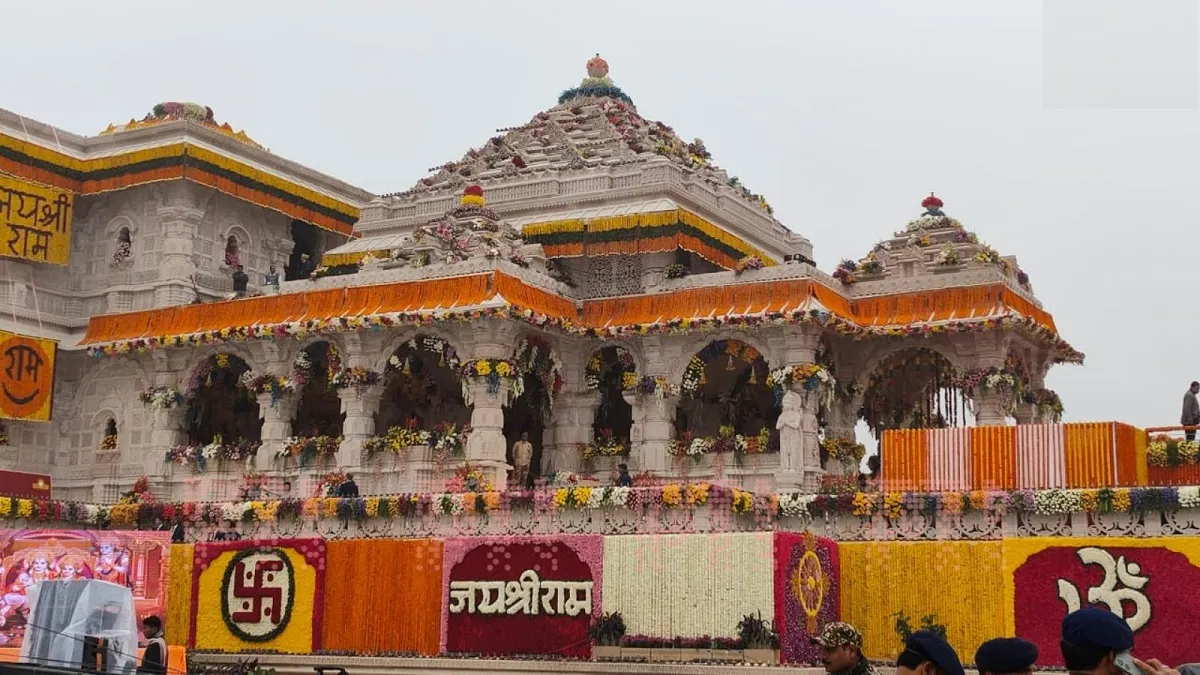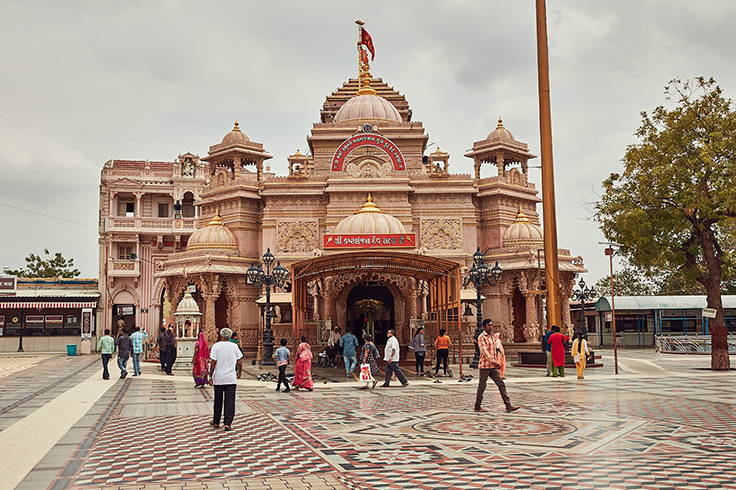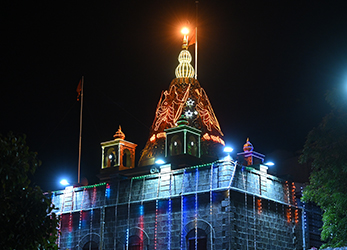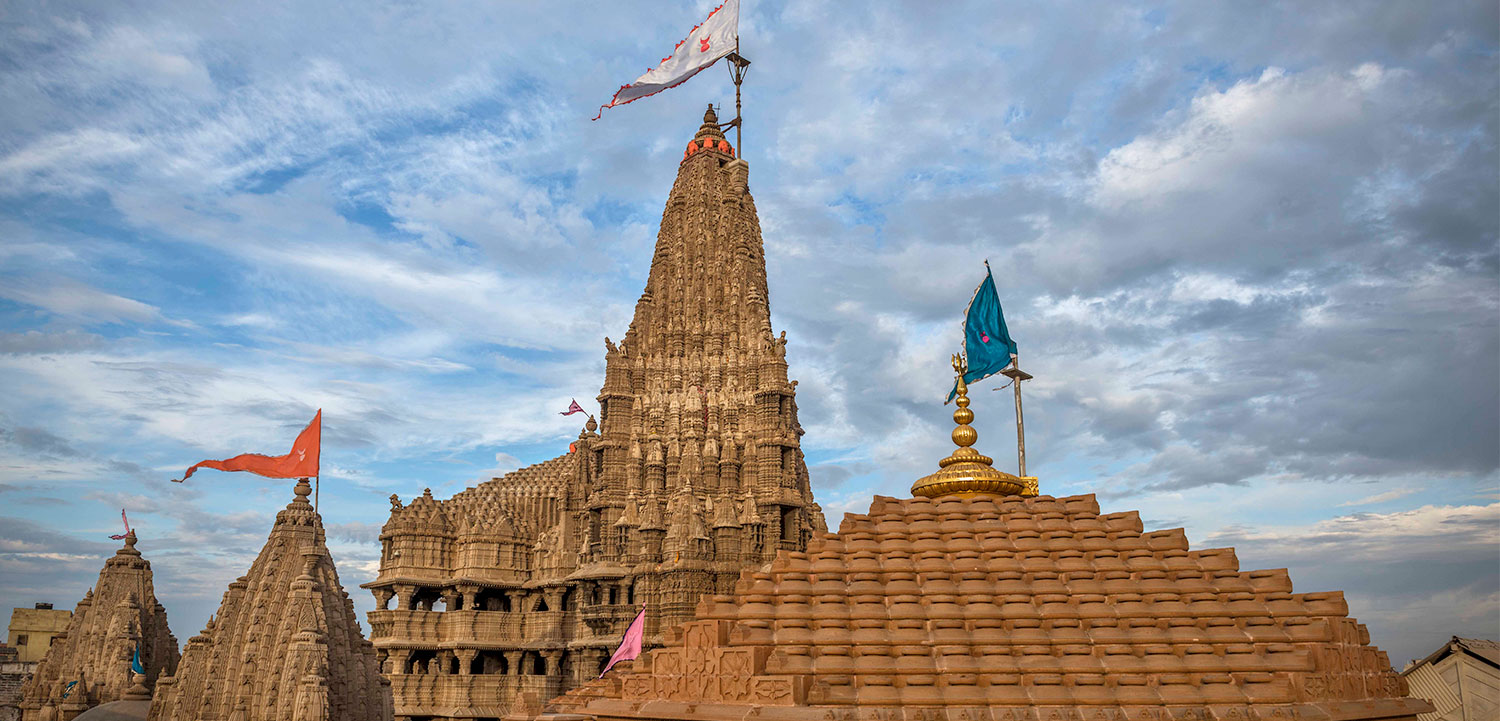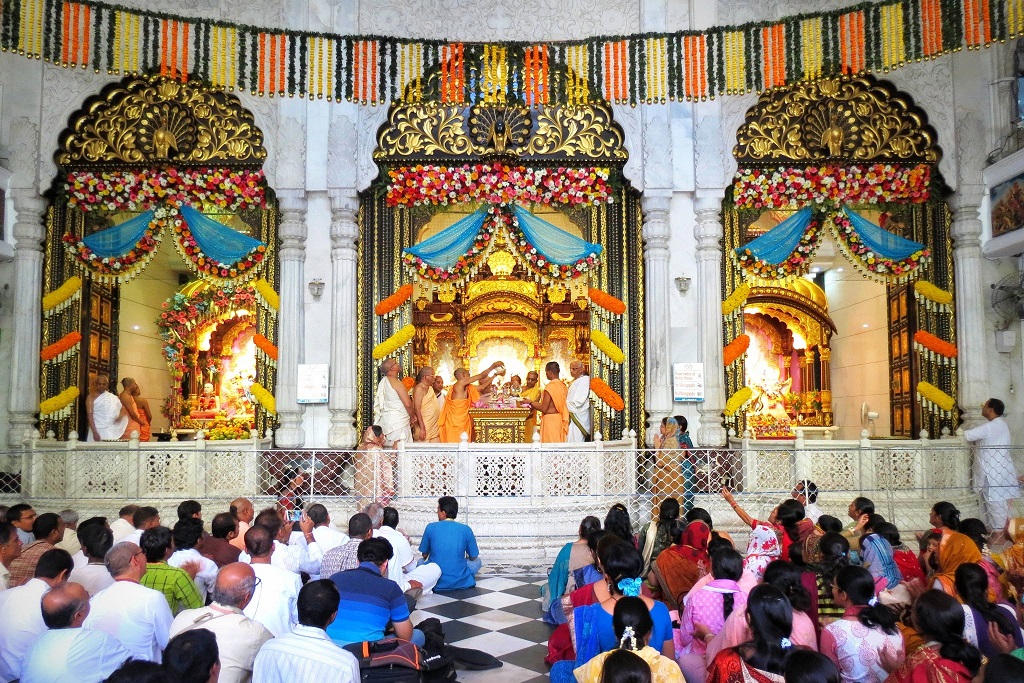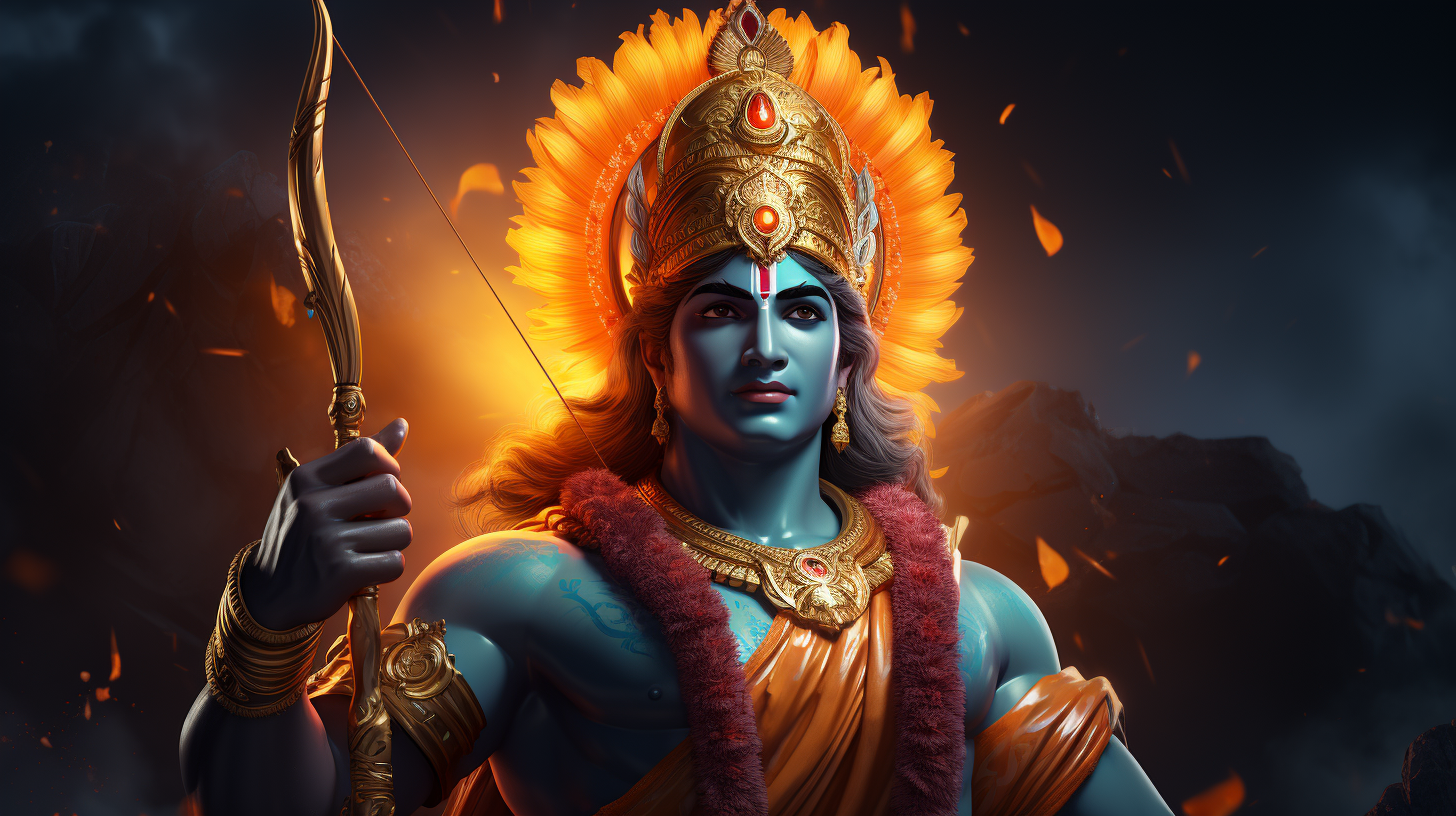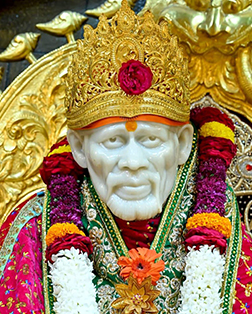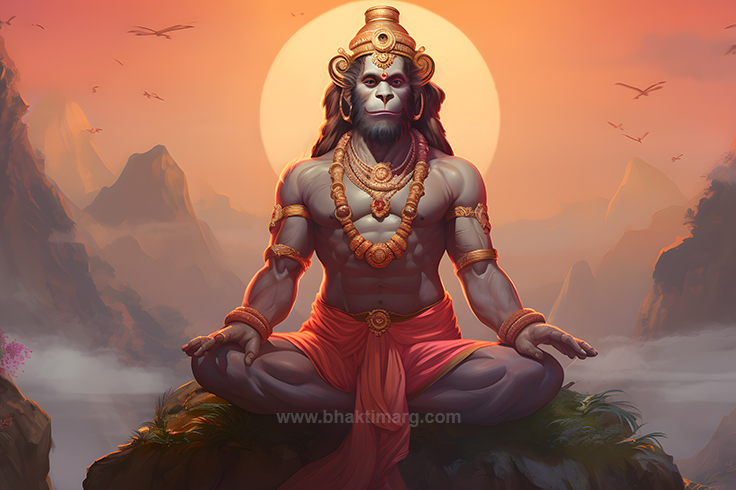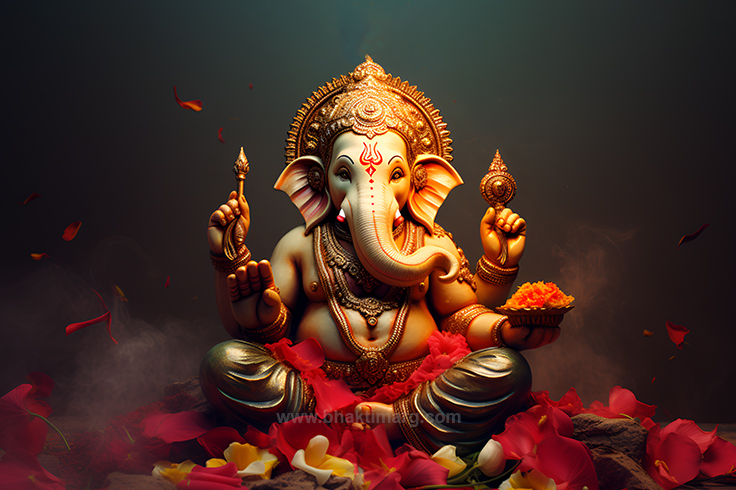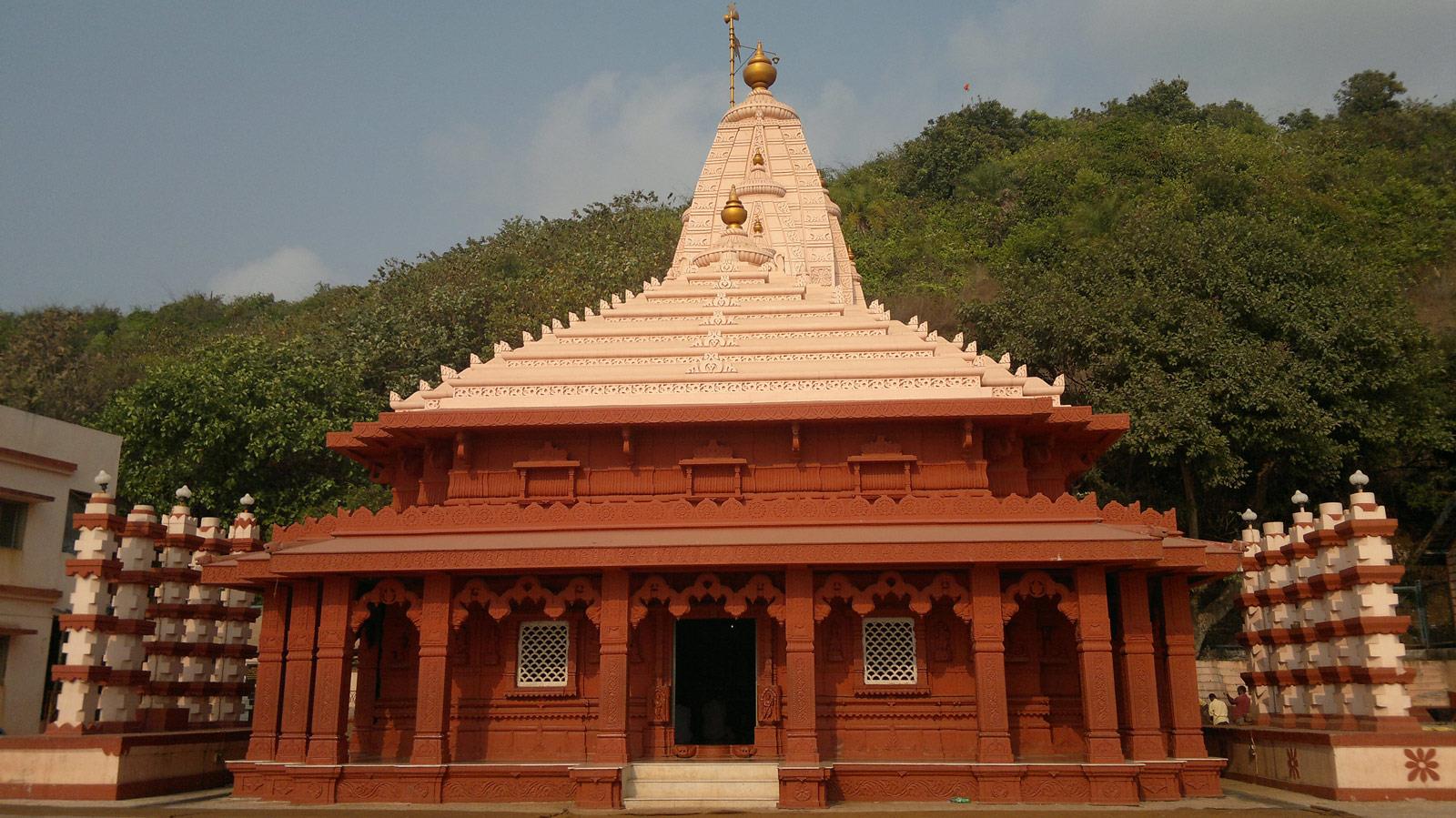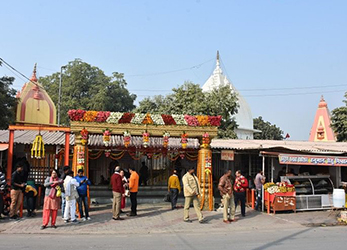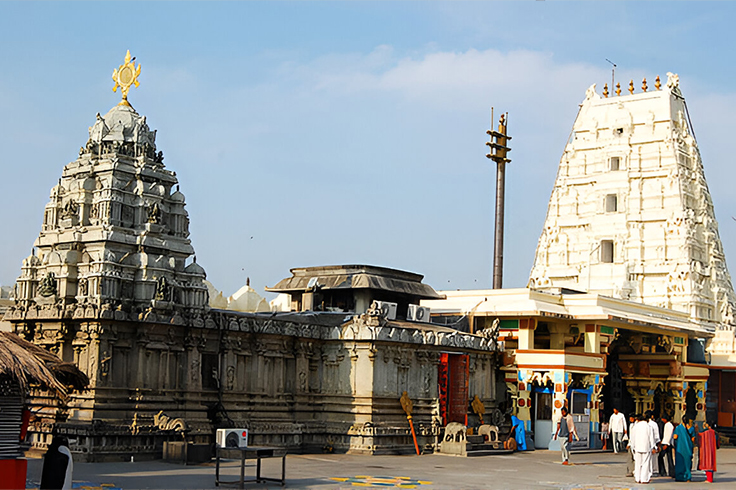
Sita Ramachandraswamy Temple, Bhadrachalam
The Sita Ramachandraswamy Temple also called as Bhadrachalam temple, on the banks of River Godavari, is in the town of Bhadrachalam in Telangana. According to Bhakti Marg, this temple is devotional place that holds significant importance in Hindu beliefs and is a popular pilgrimage site for devotees, especially those who revere Lord Rama. It is dedicated to Lord Rama, his wife Sita, and his brother Lakshmana.
The Bhadrachalam Temple has a rich architectural heritage and features intricate carvings and sculptures that depict scenes from the Ramayana. The presiding deities of the temple are Lord Rama and Sita, along with Lakshmana. Lord Rama is depicted as the four-armed form of Vishnu, Vaikuntha Rama. The main sanctum houses the idols of these deities, and the temple complex also includes various other shrines and prayer halls.
The temple hosts various festivals and events throughout the year, with the celebration of Sri Rama Navami, which marks the birth anniversary of Lord Rama, being a highlight.
Historical Relevance and Creation of Sita Ramachandraswamy Temple
The origins of the Sree Sita Ramachandra Swamy Temple date back to Lord Rama’s exile, as described in the ancient Indian epic, the Ramayana. Lord Rama, with his wife Sita and brother Lakshmana spent a significant portion of their fourteen-year exile in the forests of the Dandakaranya region of Bhadrachalam. It is also believed the sage Bhadra, after whom the town is named, performed penance here to seek the blessings of Lord Rama.
According to the legend, the deity of Lord Rama, also known as “Vaikuntha Rama,” was discovered by a devotee named Kancherla Gopanna (popularly known as Bhakta Ramadasa) in the 17th century. Gopanna served as a revenue collector under the Qutb Shahi rulers of Golconda.
Legend has it that Gopanna was dismayed at the usurious Jiziya tax he had to collect and decided to use a part of his revenue collection to build the Ram Mandir. The plan was to collect donations from the locals and make good the deficit later on. However, his efforts attracted the attention of the Qutb Shahi ruler Tana Shah, who accused Gopanna of misusing revenue for temple construction and put him in jail for 12 years. It is said during Gopanna’s imprisonment, Lord Rama and his consort Sita appeared in the dreams of the ruler Tana Shah and the prison guards. In these dreams, they instructed the ruler to release Gopanna to allow him to complete the temple construction. After these visions, the ruler released Gopanna, who continued the temple’s construction.
The Sita Ramachandraswamy Temple was completed by Gopanna with the help of devotees and the local community. The Bhadrachalam Rama idol was consecrated in the temple, and it became a significant pilgrimage site for devotees of Lord Rama. Over time, the temple gained recognition and popularity, drawing devotees from various parts of the country.
Bhadrachalam Temple’s Visuals and Aesthetical Aspects
The Sri Sita Ramachandraswamy, Bhadrachalam Temple is renowned for its unique and intricate architectural style that blends traditional South Indian temple architecture with elements of the Kakatiya dynasty’s architectural influence.
The temple’s architecture is predominantly Dravidian, characterized by its intricately carved pillars, pyramidal tower (vimana), and expansive courtyards. The temple complex comprises several mandapas (halls), gopurams (entrance towers), and sanctum sanctorum, all designed to reflect the grandeur and devotion associated with Lord Rama. The temple has three distinct parts. The first is supposedly Bhadra’s head and has a shrine dedicated to him featuring Lord Rama’s footprints. The second part of the temple is the sanctum housing the icon of Lord Rama. People believe it corresponds to Bhadra’s heart. The last part is the main tower or Rajagopuram, denoting Bhadra’s feet.
Devotees can use any of the four entrances but must climb 50 steps to reach the main entrance. The Vaikuntha Dwaram, a huge door, was constructed in 1974 for better crowd control. A gold-plated flag pole made of an alloy of five different metals, or “Panchaloha” faces the sanctum. The flagstaff features carved images of Garuda, Vishnu’s vehicle. A Sudarshana Chakra with eight faces and 1000 corners engraved by Gopanna sits atop the sanctum’s vimana, which has a miniature version of the temple’s deity. A special entrance for devotees lies to the sanctum’s left while the festival icons of the temple’s presiding deities – Rama, Sita, and Lakshmana are to the right.
The sanctum sanctorum houses the deities of Lord Rama, Sita, and Lakshmana. The idol of Lord Rama is depicted in a seated (padmasana) posture with Sita on his lap and Lakshmana by his side on the left. Rama holds a conch, disc, bow, and arrow in his four hands. The sanctum is characteristically adorned with ornate jewelry and colorful decorations during festivals and special occasions.The temple features an imposing and intricately designed gopuram at the main entrance. The gopuram of the Sita Ramachandraswamy Temple serves as a visually striking representation of the temple’s spiritual significance.
The temple complex includes several mandapas or halls that serve as spaces for devotees to gather, offer prayers, and participate in rituals. These mandapas are adorned with detailed carvings depicting scenes from the Ramayana, Hindu mythology, and other religious narratives. The temple complex includes parakrams (circumambulatory pathways) around the main sanctum and other structures. Devotees use these pathways to perform circumambulation, a ritual practice of walking around the deity as an act of devotion. One of the notable features of the temple architecture is its intricately carved pillars. These pillars showcase detailed sculptures of deities, mythical creatures, and floral patterns. The carvings depict various episodes from the Ramayana, including the life of Lord Rama, Sita’s swayamvara (wedding), and his victory over the demon king Ravana.
The temple is primarily constructed using locally available stone and granite. Several skilled artisans were employed to carve the intricate details that adorn the pillars, walls, and ceilings. The temple has undergone renovations and maintenance to preserve its architectural beauty and structural integrity over the years. These efforts have been aimed at ensuring the temple remains a significant pilgrimage site and cultural heritage monument for future generations.
Sita Ramachandraswamy Temple’s Significance
The Sita Ramachandraswamy Temple in Bhadrachalam holds immense significance for devotees, pilgrims, and followers of Hinduism. According to Bhakti Marg, its importance is derived from its association with the epic Ramayana, its historical background, and its status as a revered pilgrimage site.
The temple is closely linked to the epic Ramayana, one of the most revered and well-known Hindu scriptures. Bhadrachalam is believed to be where Lakshmana, Lord Rama, and Sita spent a considerable part of their 14-year banishment in the forest.
The temple’s origin story involving Bhakta Ramadasu (Kancharla Gopanna), a devotee of Lord Rama, adds to its devotional importance. Bhakta Ramadasu’s devotion, sacrifice, and efforts to construct the temple are an inspirational tale of faith and dedication.
The Sri Sita Ramachandraswamy Temple is recognized as a significant pilgrimage destination, attracting thousands of devotees and pilgrims from various parts of India. Devotees undertake journeys to the temple to seek blessings, offer prayers, and experience a sense of spiritual upliftment. The pilgrimage itself is considered a sacred endeavor and an expression of devotion. The temple hosts numerous festivals and celebrations throughout the year, with Sri Rama Navami being one of the most significant.
Darshan Timing & Festival
Open Close Timing : |
Opens daily at 4:00 AM, with the Suprabhatha Seva being held from 4:00 AM to 4:30 AM. It remains closed from 12:00 noon to 3:00 PM, reopens, and shuts for the night at 9:30 PM. |
Festivals : |
Ram Navami, Hanuman Jayanti, Dussehra, Sita Kalyanam |




